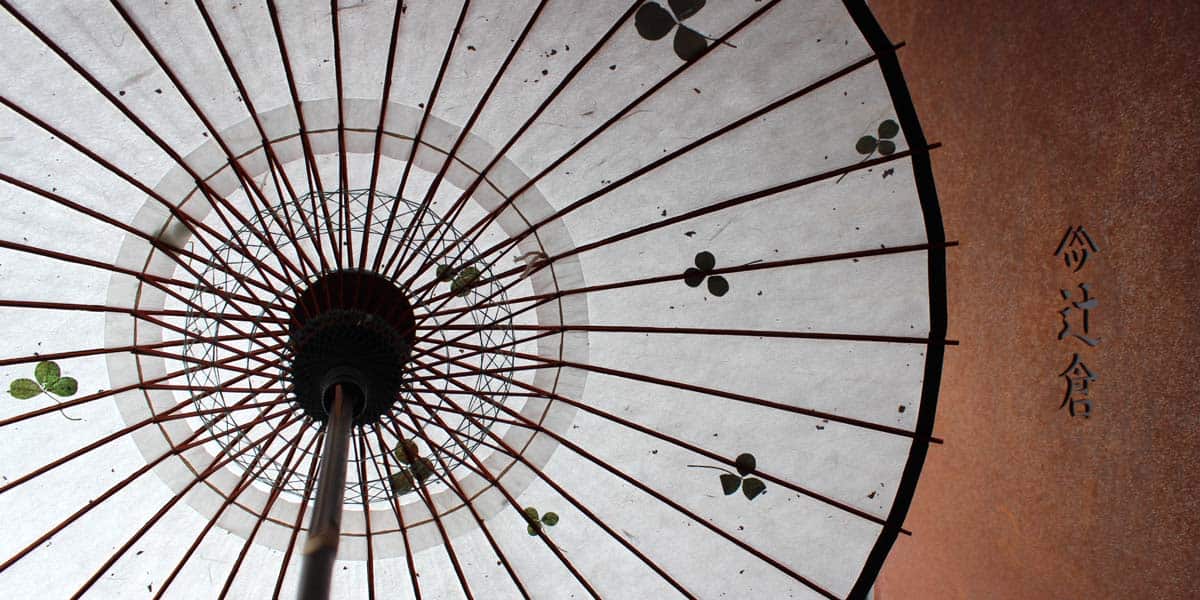About Washi
The method of making washi paper was introduced to Japan by a Korean monk around 610 AD.
Later, during the Heian period, the technology to make thin, strong washi paper developed, and it was around this time that a uniquely Japanese manufacturing method was created. Washi paper made a great leap forward into a flexible, strong paper that was different from any other paper in the world.
"Washi" is paper made by hand using materials unique to Japan, such as kozo and mitsumata.
The natural plant fibers can be entangled by filtering, making the paper strong and long-lasting.
The Japanese paper used at Tsujikura is made from kozo (paper mulberry) and is made strong by handling the raw materials and processing it all by hand.
In particular, the papermaking process is done by hand, with each sheet being carefully made by hand by craftsmen who have inherited the traditions.
